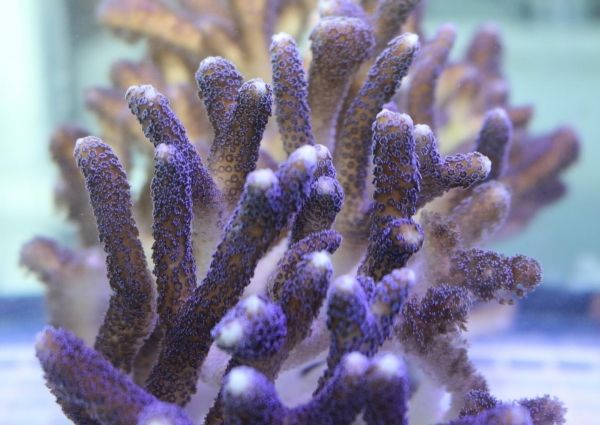Charles Darwin, the British naturalist who championed the theory of evolution, noted that corals form far-reaching structures, largely made of limestone, that surround tropical islands. He didn’t know how they performed this feat.
Now, Rutgers scientists have shown that coral structures consist of a biomineral containing a highly organized organic mix of proteins that resembles what is in our bones. Their study, published in the Journal of the Royal Society Interface, shows for the first time that several proteins are organized spatially – a process that’s critical to forming a rock-hard coral skeleton.
“Our research revealed an intricate network of skeletal proteins that interact spatially, which likely applies to all stony corals,” said Manjula P. Mummadisetti, who led the research while she was a postdoctoral associate in the Rutgers Environmental Biophysics and Molecular Ecology Laboratory led by senior author Paul G. Falkowski. She is now a senior scientist at AVMBioMed in Pottstown, Pennsylvania. “It’s important to understand the mechanisms of coral biomineralization and how these invaluable animals persist during the era of anthropogenic climate change.”
Read more at: Rutgers University
Stylophora pistillata, a common stony coral in the Indo-Pacific. (Photo Credit: Kevin Wyman/Rutgers University)


